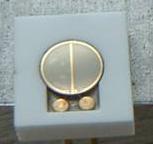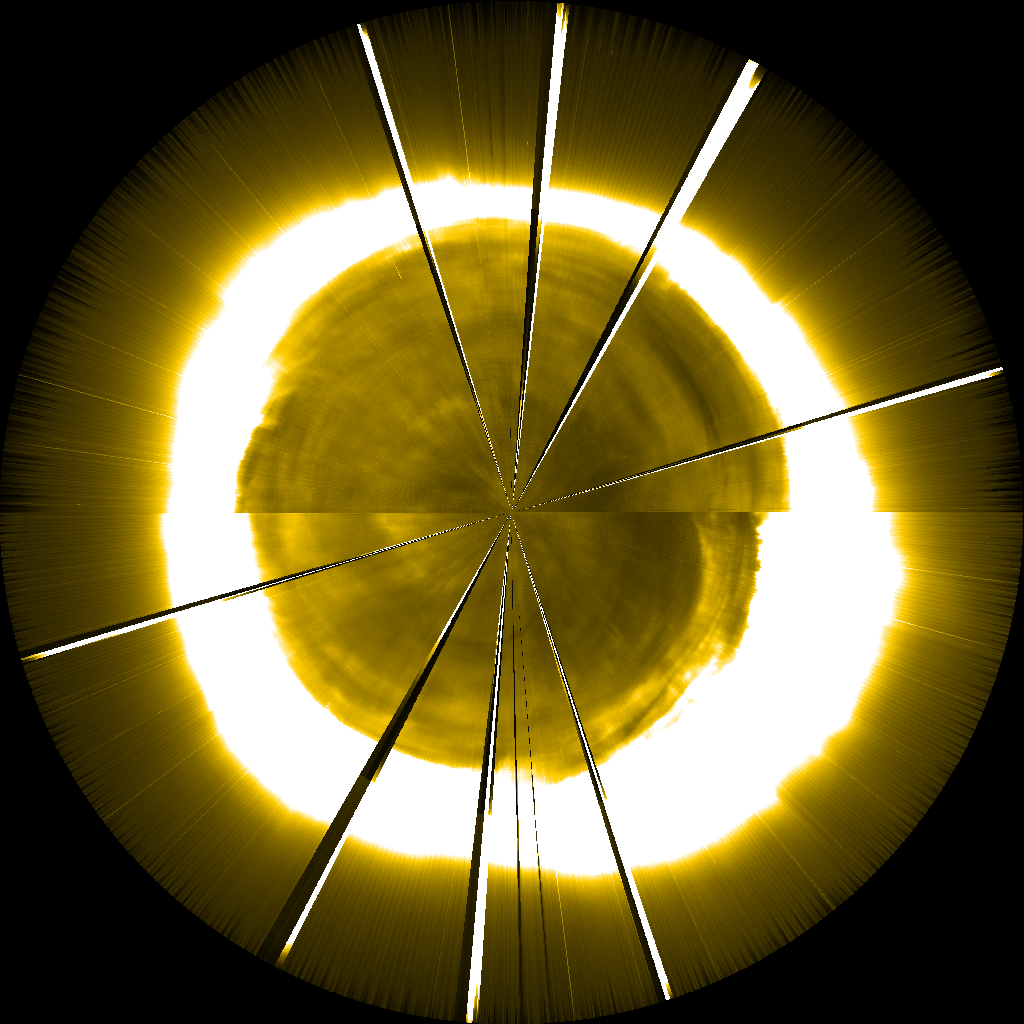Instrument overview
LYRA is composed of three units, each of them constituted of the same four channels:
- the 120-123 nm Lyman-α channel,
- the 190-222 nm Herzberg continuum channel,
- the Aluminium filter channel (17-80 nm + a contribution below 5 nm), including the strong He II at 30.4 nm
- the Zirconium filter channel (6-20 nm + a contribution below 2 nm), rejecting He II.

The difference between units lies in the detectors – filters combinations that have been chosen to achieve these band passes. The nominal unit is fully provided with pioneering diamond detectors and is used continuously. The two other units contain a mix of diamond and classical silicon detectors. Their use is restricted to sporadic campaigns, in order to limit the impact of degradation.
LYRA can acquire with one or two units simultaneously, with cadences chosen in the 100Hz to 0.1Hz interval.
Two LEDs with wavelengths of 370 and 470 nm have been inserted off-line between each filter and detector. They participate to the ongoing calibration all along the mission.
Diamond detectors
 LYRA benefits from wide bandgap detectors based on diamond. This is actually the very first time such detectors are used for space application, making of LYRA a real technology demonstrator.
LYRA benefits from wide bandgap detectors based on diamond. This is actually the very first time such detectors are used for space application, making of LYRA a real technology demonstrator.
Diamond exhibits several superior properties in comparison to silicon. It is more resistant to the radiations degrading space instruments, it doesn’t require any cooling, and it is solar-blind: their high bandgap energy makes them insensitive to visible light. Visible light blocking filters, which also seriously attenuate the desired ultraviolet signal, can therefore be avoided. Their elimination augments the effective area and hence the signal-to-noise, therefore increasing the precision and the achievable cadence of the measurements.
Two types of diamond detectors are investigated with LYRA: PiN (photodiode) and MSM (photoresistor) structures. PiN devices are used in the Herzberg channels because they offer sensitivity in the corresponding range (and only there), linearity and maximal solar-blindness.
On-ground and in-flight calibration
The radiometric responsivity of each LYRA channel has been determined during a set of calibration campaigns led before its integration on the spacecraft by : CSL, PTB/BESSY, NIST, IMO-MEC, etc. Spectral responsivity has been measured over a wavelength range that is extremely large: from the soft X-rays (1 nm wavelength) to the near infrared. All subsystems (filters, MSM detectors, and PIN detectors) have been characterized for their UV responsivity, visible light blocking, background noise, dark current, linearity and temporal stability within different wavelength ranges.
The calibration process also goes on in flight, to assess the aging effects on diamond detectors. Acquisition of dark current, 370nm and 470nm LED signal and flat-field measurements are scheduled as regular routine operations. Diamond performances are also regularly compared with those of classical silicon detectors. The use of unit 1 is strongly limited, so that it can be used as a reference for calibrating the two ither units all along the mission.







